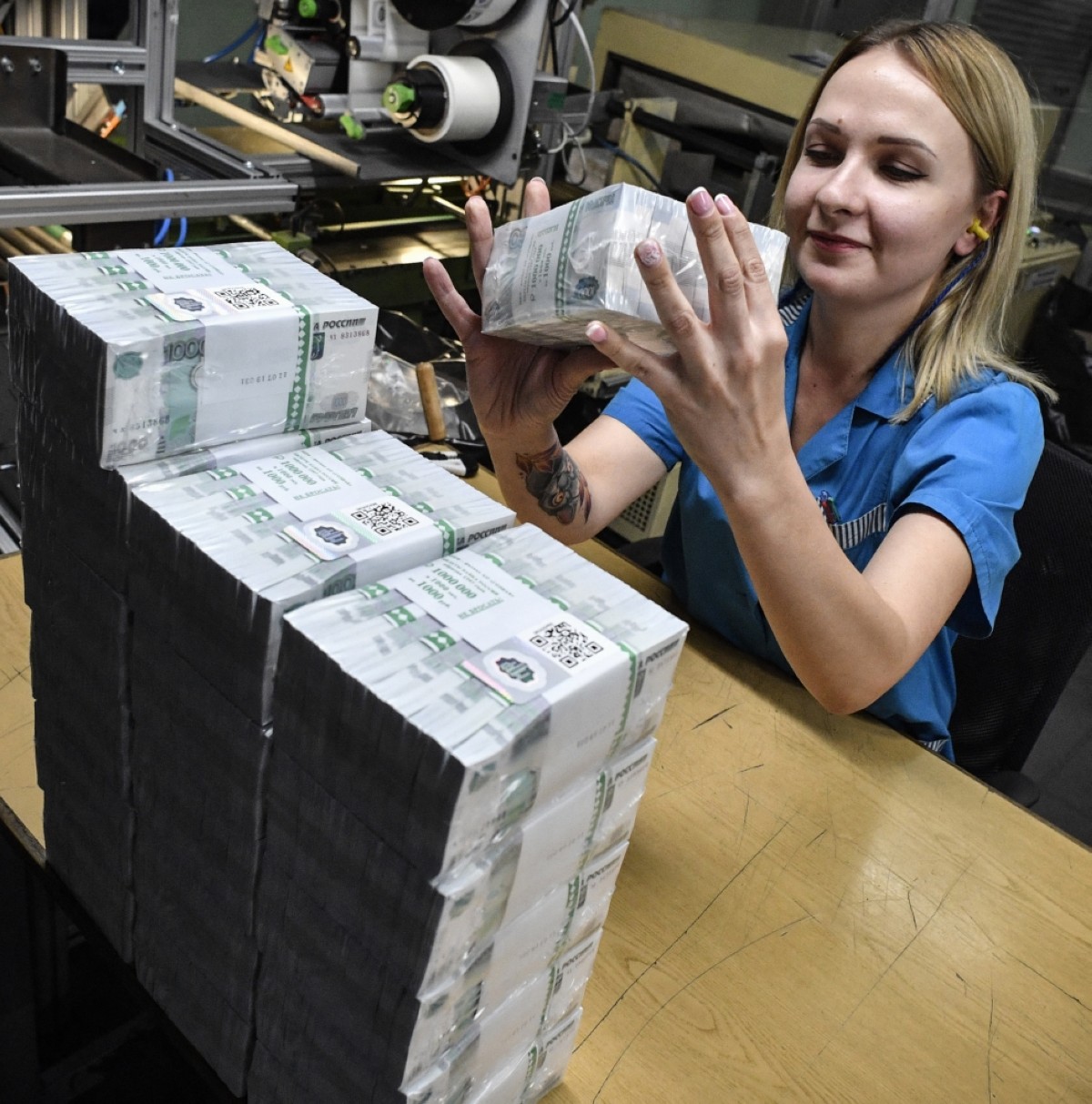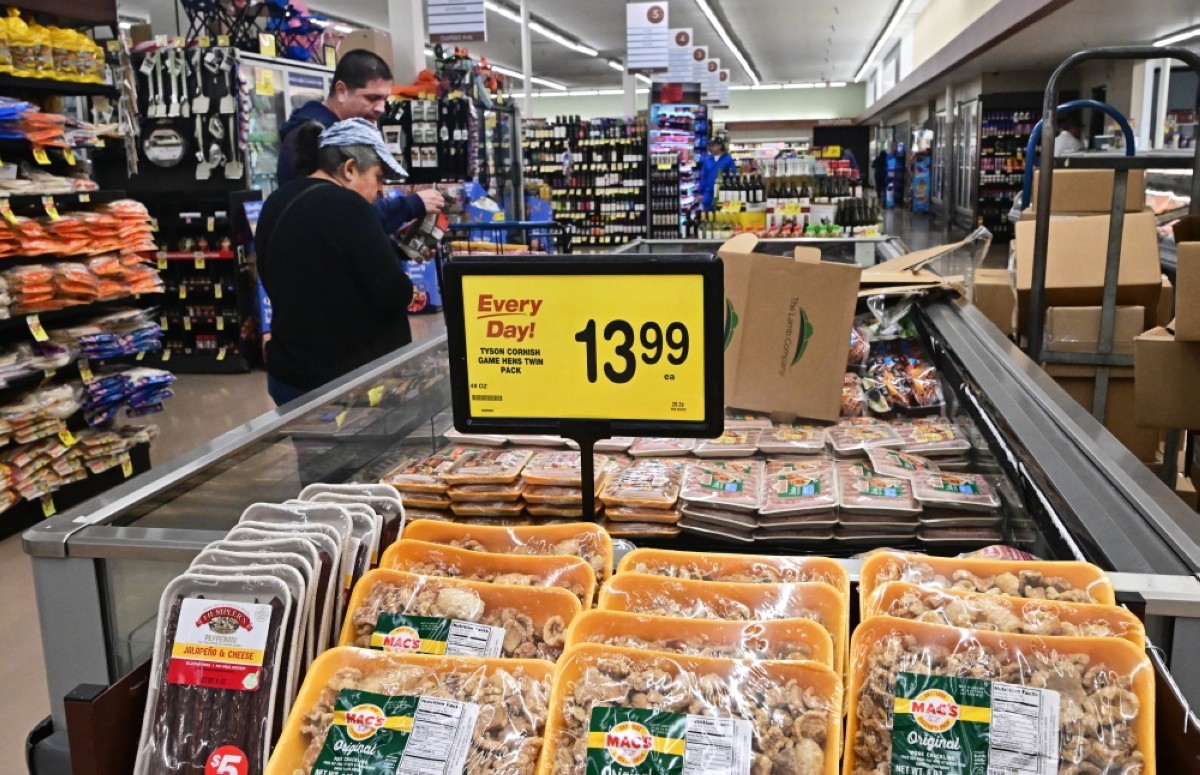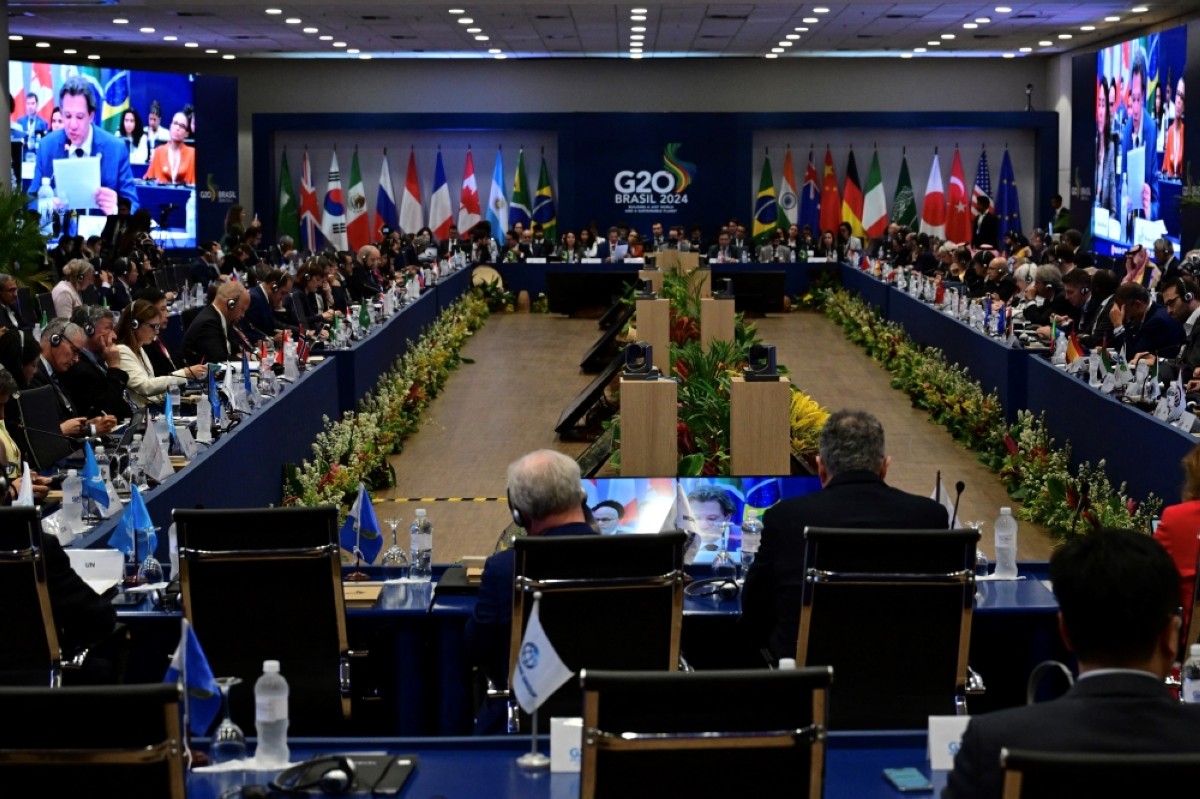Cautious Fed, dovish ECB highlight divergence of global policy outlook
KUWAIT: In the latest US FOMC meeting minutes, participants indicated that while inflation eased over the past year, recent data suggested lack of further progress towards reaching the 2 percent desired level.

Furthermore, some participants indicated their willingness to tighten policy further if inflation remains sticky to a point where hiking becomes appropriate. The meeting minutes come following an incremental improvement in inflation, where the April CPI figure showed inflation at 3.4 percent down from 3.6 percent in March.
Despite this, “many participants noted signs that the finances of low- and moderate-income households were increasingly coming under pressure, which these participants saw as a downside risk to the outlook for consumption.” Moreover, “they pointed to increased usage of credit cards and buy-now-pay-later services, as well as increased delinquency rates for some types of consumer loans.” Officials indicated uncertainty about how long it would take to get inflation back to 2 percent, and how much impact high interest rates are having to get to their goal. The hawkish tone revealed in the minutes was followed by strengthening of the greenback as well as decline in equities.
Unemployment claims fall
The number of people filing for unemployment benefits in the US fell by 8,000 to 215,000 claims from 223,000 previously, below market expectations of 220,000 claims. The numbers suggest a historically resilient labor market despite a historical tightening cycle by the Fed and a recent uptick of the unemployment rate in April.
US business activity rises
Business activity in the US is booming. The PMI composite index, which measures activity in both manufacturing and services sectors, rose to a 25-month high of 54.4 in May. This indicates that businesses are confident about the future, as output and order books are rising. Services PMI rose to 54.8 from 51.4 previously, a 12-month high, while the manufacturing PMI increased to 50.9 from 50.0 in April. Chris Williamson, Chief Business Economist at S&P Global Market Intelligence, stated that the readings “put the US economy back on course for another solid GDP gain in the second quarter.”
“Not only has output risen in response to renewed order book growth, but business confidence has lifted higher to signal brighter prospects for the year ahead,” Williamson added. However, he warned that “selling price inflation has meanwhile ticked higher and continues to signal modestly above-target inflation,” complicating the path to the Fed’s desired 2 percent inflation goal. The US dollar index closed the week at 104.72.
Eurozone composite PMI
In the eurozone, composite PMI reached a 12-month high of 52.3 driven by higher than expected growth in the manufacturing sector. Manufacturing PMI rose to a 15-month high of 47.4, above expectations of a 46.6 print but remains in contraction territory. Meanwhile, services PMI remained unchanged at 53.3. The rise in business activity was supported by the bloc’s largest economy, Germany, which recorded a 12-month high composite PMI of 52.2 after logging increases in both manufacturing and services activity. On the other hand, France’s composite PMI fell from 50.5 to 49.1, taking it back into contraction territory. Markets reacted positively following the release of the data, with both the Euro and European equities rising.
ECB’s Lagarde signals imminent cut
European Central Bank (ECB) President Christine Lagarde indicated that she’s “really confident that we have inflation under control.” “The forecast that we have for next year and the year after that is really getting very, very close to target, if not at target. So, I am confident that we’ve gone to a control phase.” Additionally, she signaled that there is a “strong likelihood” of a cut “if the data that we receive reinforces the confidence level that we have” with regards to the upcoming June 6 ECB meeting. Markets are strongly pricing in a 25bps rate cut by the ECB for the upcoming meeting. The EUR/USD currency pair closed the week at 1.0845.
Inflation prints above expectations
Inflation in Britain slowed down, but not as much as expected. This surprised economists and investors, making it less likely the Bank of England will cut interest rates next month. Prices overall rose 2.3 percent compared to last year lower than March’s 3.2 percent reading. This is the slowest increase since July 2021. However, the drop was smaller than expected (2.1 percent) and some inflation measures, like services inflation, were higher than predicted. Investors now think a rate cut in June and August are unlikely. Despite the surprise in inflation print, Prime Minister Rishi Sunak is portraying it as a positive sign for the economy by commenting that “today marks a major moment for the economy, with inflation back to normal.”
Mixed PMI data
PMI data out of the UK showed that the manufacturing sector grew from 49.1 to 51.3, officially entering expansion territory and reaching a 22-month high. Meanwhile, services sector activity fell to 52.9 from 55.0 previously, reaching a 6-month low. Composite PMI decreased to 52.8 from 54.10 in April. Chris Williamson, Chief Business Economist at S&P Global Market Intelligence, stated that the readings showed an “encouraging revival of manufacturing accompanied by sustained, but slower, service sector growth.” The survey also showed cooling services inflation, a welcoming sign for the Bank of England, whose officials have lamented about elevated inflation in the services sector.
Retail sales decline
Retail sales in the UK fell 2.3 percent m/m, more than the 0.4 percent decline that was expected. Core retail sales, excluding auto motor fuel sales, fell 2 percent on the month versus previous and forecasted figure of a 0.6 percent drop. The poor retail sales reading was attributed to the poor rainy weather in the UK as well as tight financial conditions that has households squeezed. Markets are pricing in a rate cut by the Bank of England in November. The GBP/USD currency pair closed the week at 1.2740.
Members of the Reserve Bank of Australia discussed their decision to hold interest rates at 4.35 percent earlier this month. The last meeting marked the fourth month in a row with no change. While inflation is slowing down, it’s taking longer than expected. The bank is cautious because the impact of their actions takes time and they’re unsure how businesses and wages will react to a slowing economy.
Their main goal is to get inflation back to the 2-3 percent range, and they’ll keep a close eye on the global economy, domestic spending, inflation, and jobs to decide what to do next. They are open to either raising or lowering rates in the future depending on the data. Markets are pricing in the first rate cut to occur nearly 12 months from now in May 2025 followed by no further action until year-end. The AUD/USD currency pair closed the week at 0.6627.
The Reserve Bank of New Zealand maintained the cash rate at 5.5 percent, meeting market expectations. The central bank signaled that monetary policy needs to remain restrictive. Furthermore, the committee views that inflation is falling slower than expected and remains above its target range. In a more hawkish stance, some committee members refused to rule out the possibility of another hike should the circumstances require it.
Reserve Bank of New Zealand Assistant Governor Karen Silk said that she is “concerned about near-term inflation risks.” She also highlighted that the central bank “adjusted its modeling after it underestimated the strength of domestic inflation.” The NZD/USD currency pair closed the week at 0.6120.
Kuwait
Kuwaiti dinar
USD/KWD closed last week at 0.30690.











